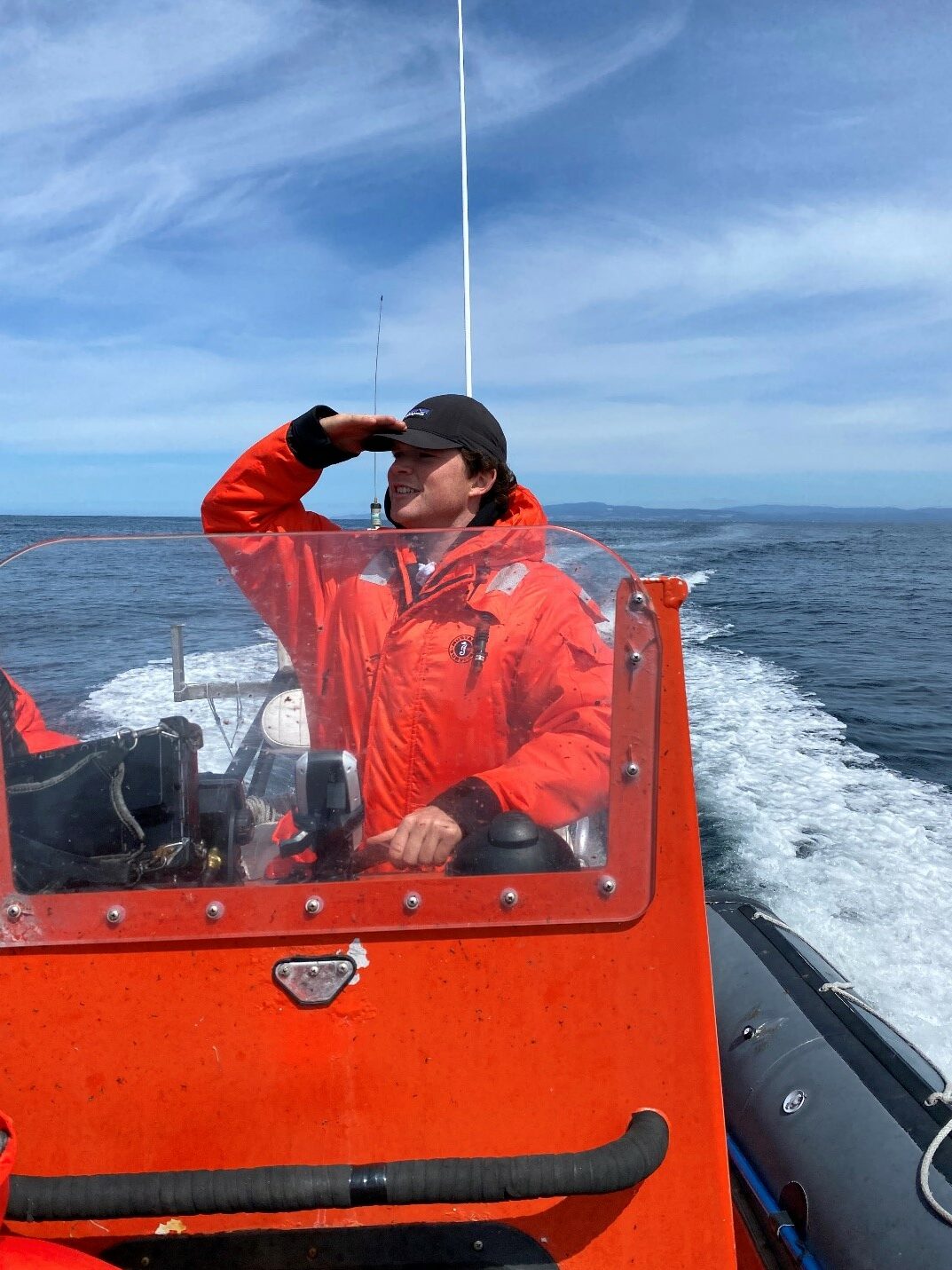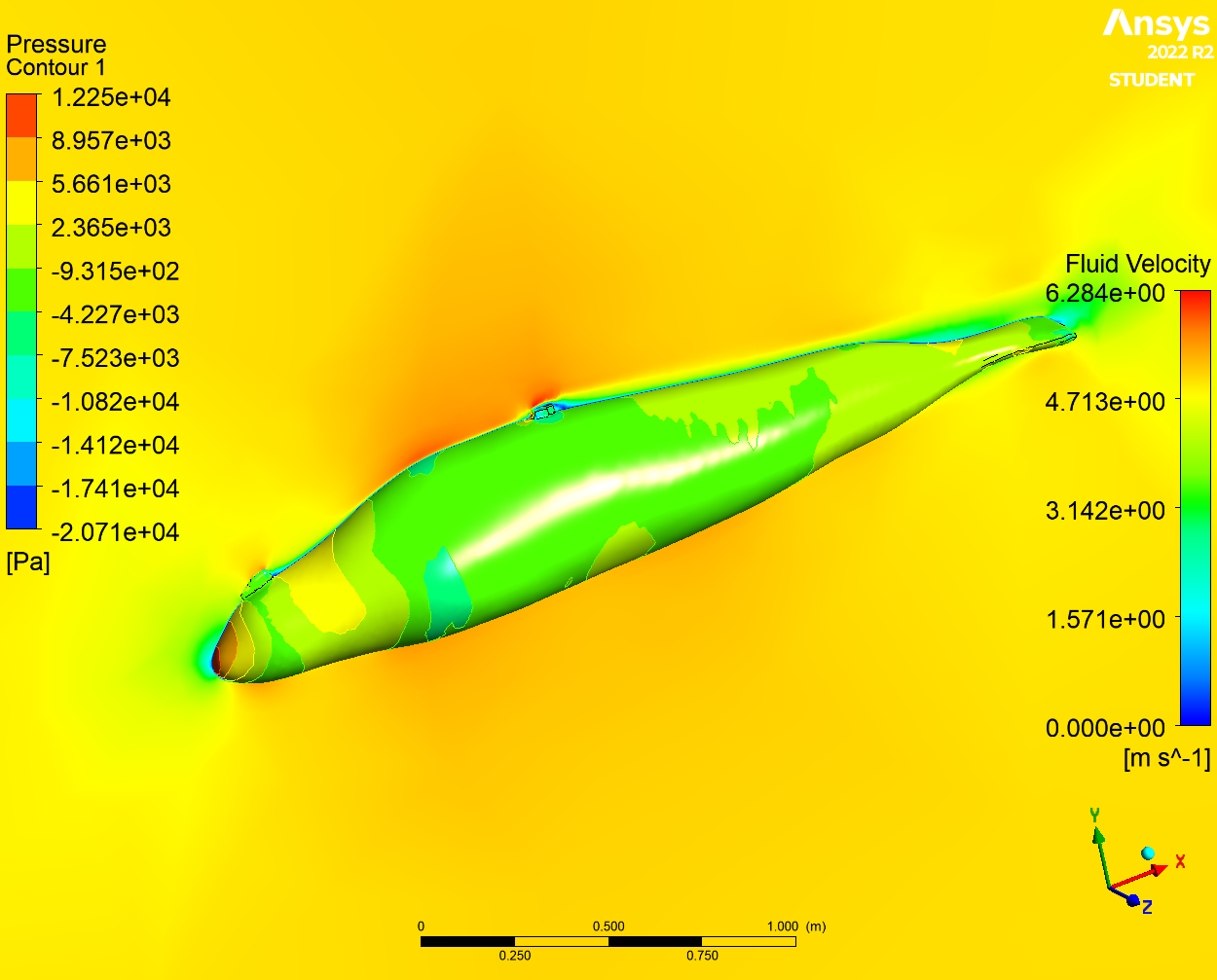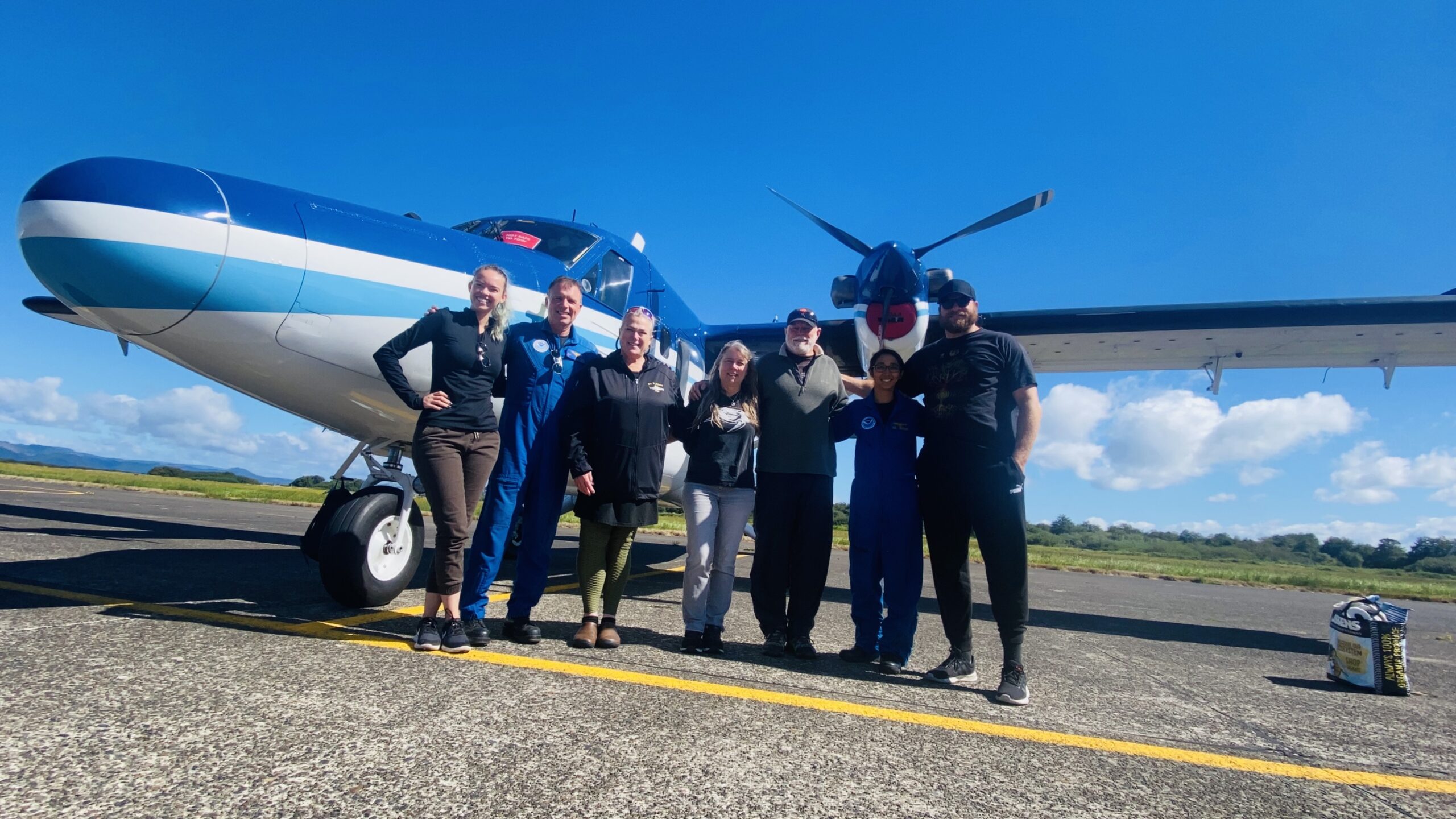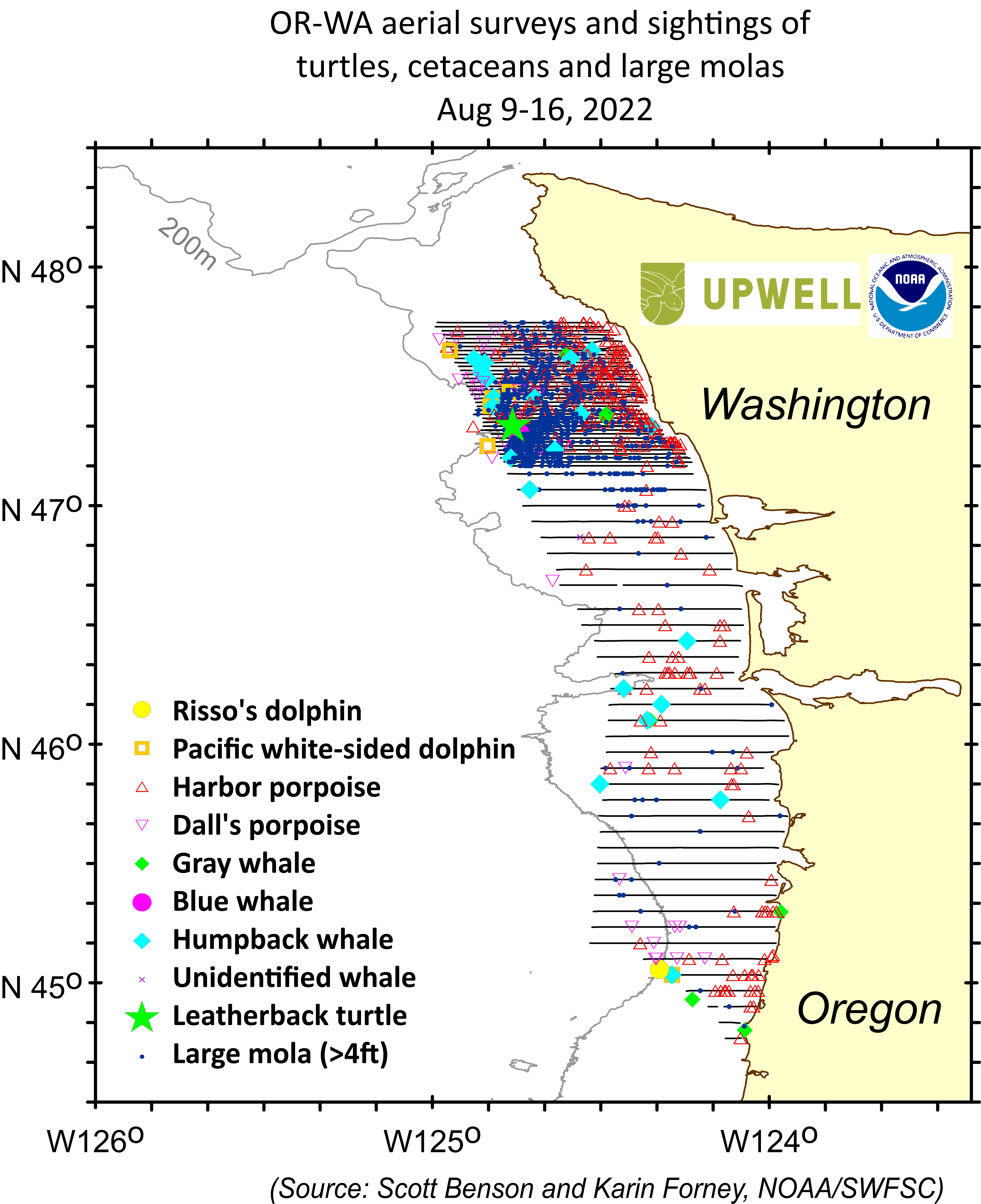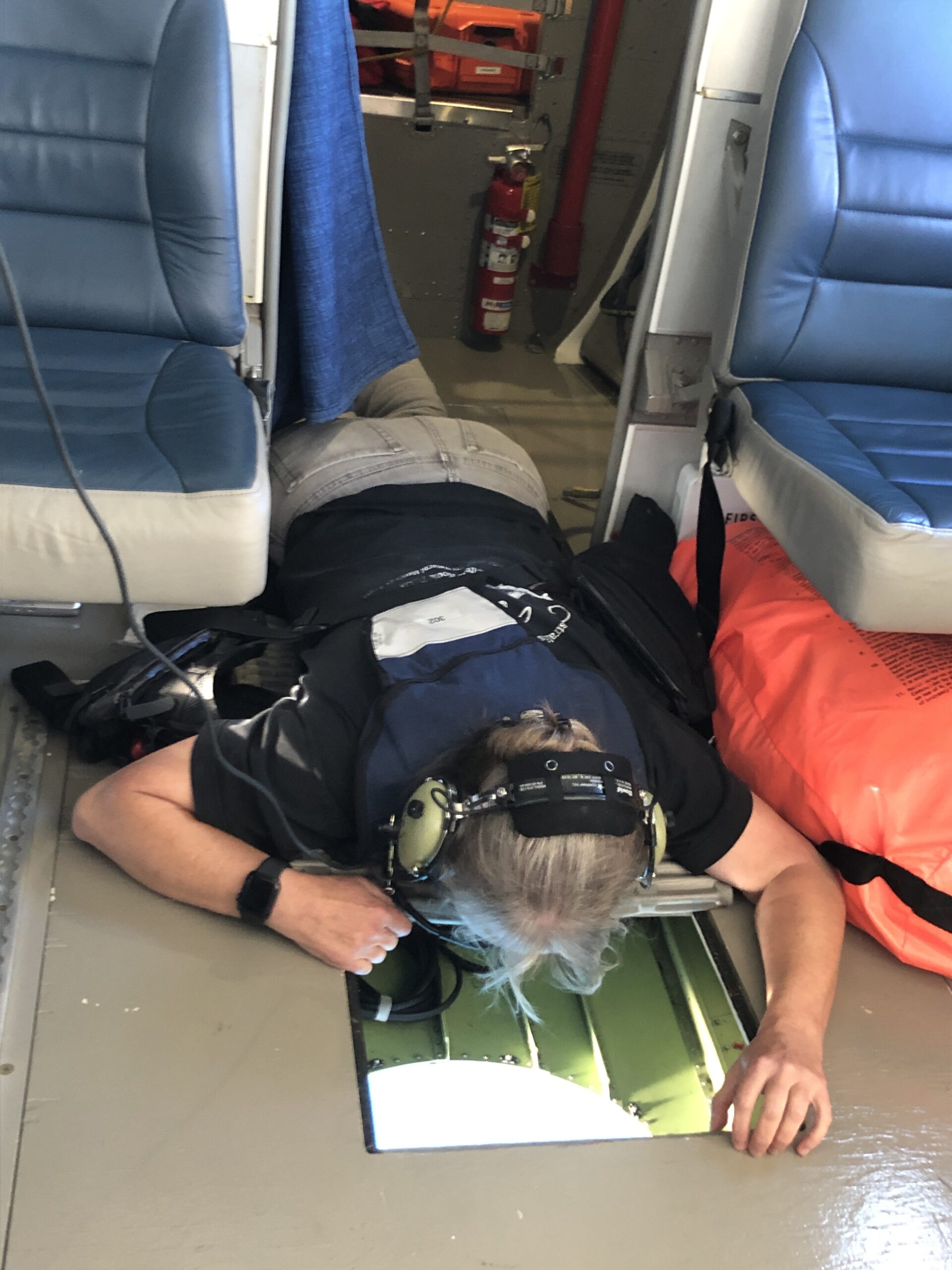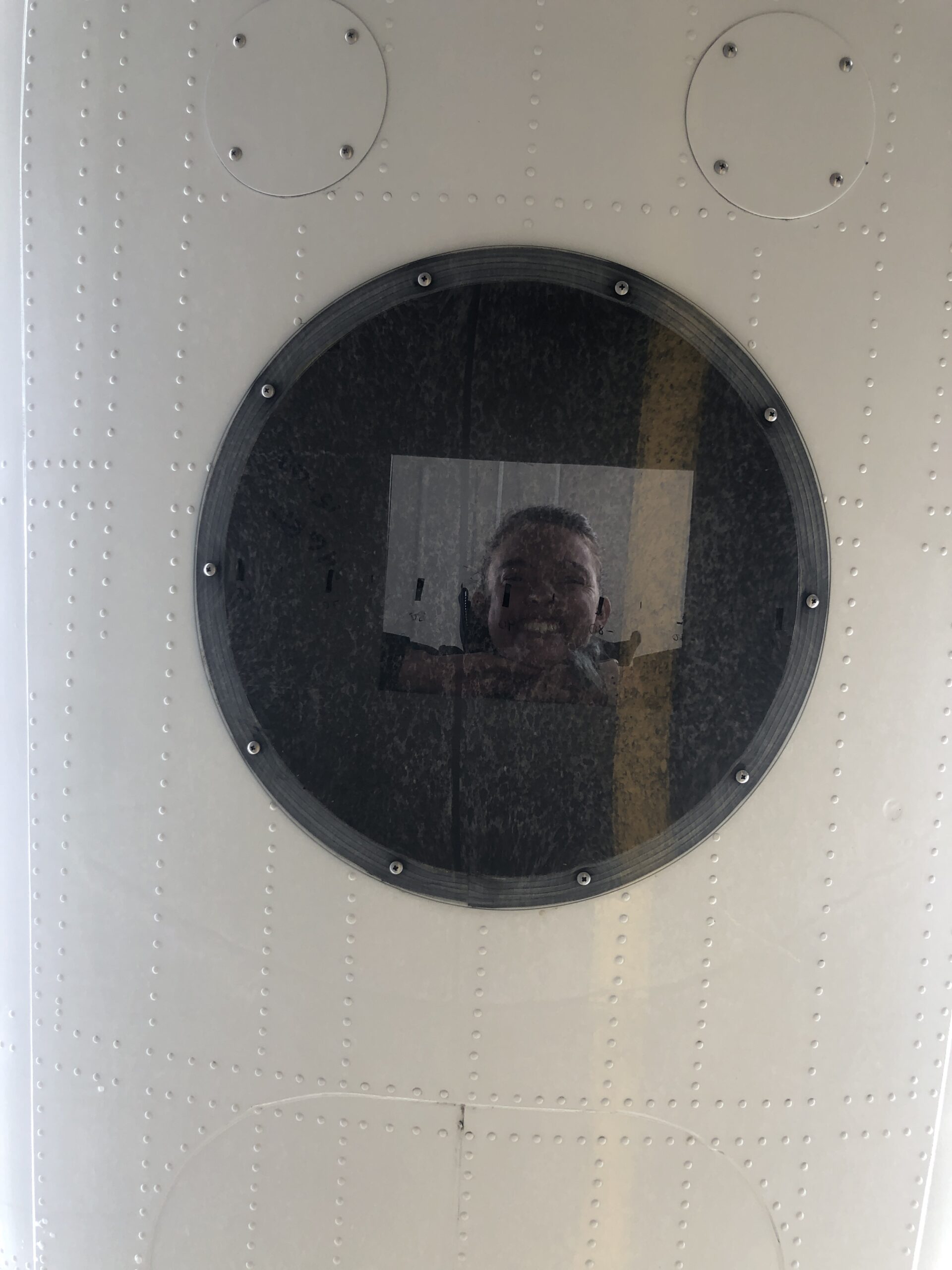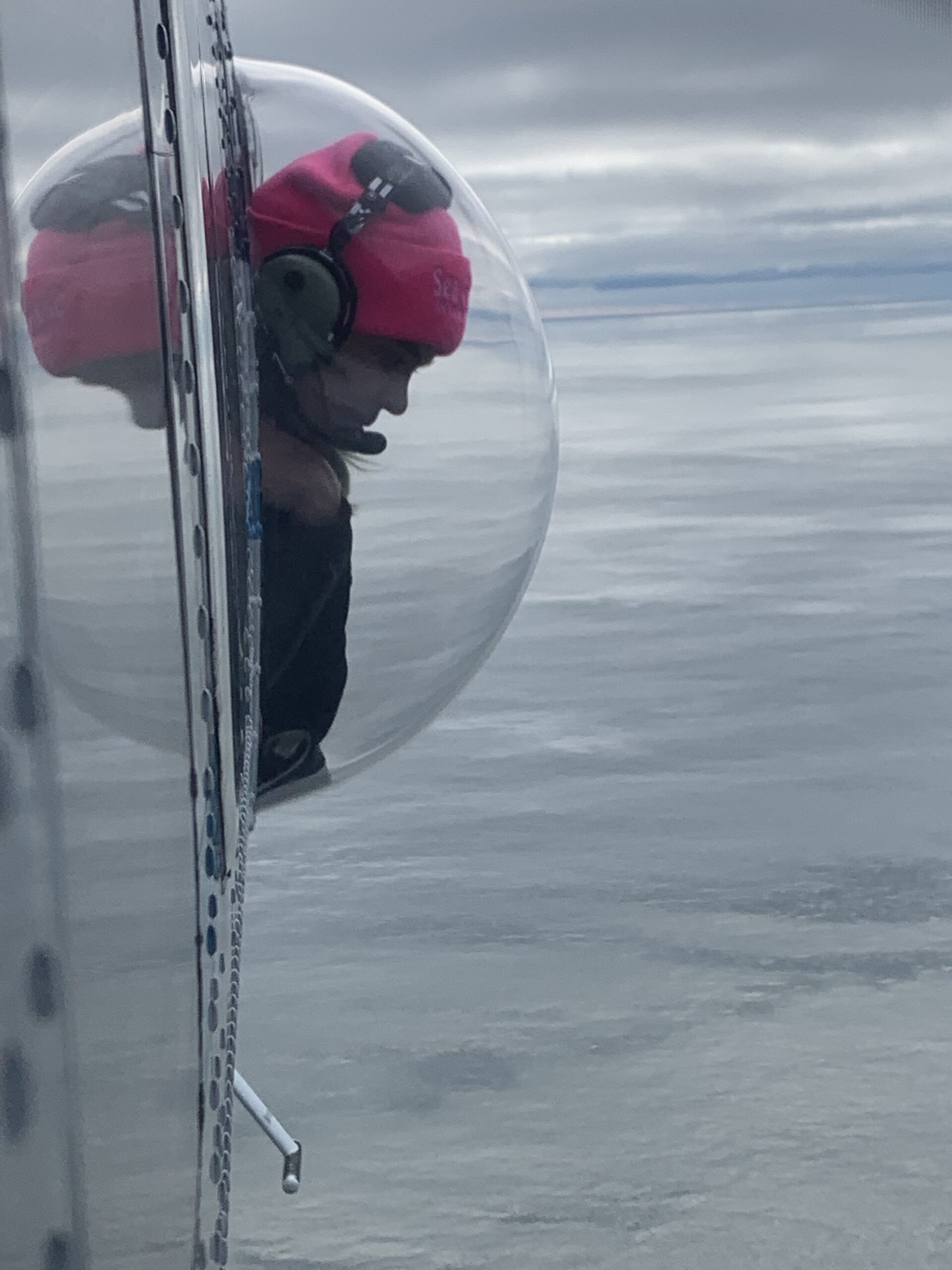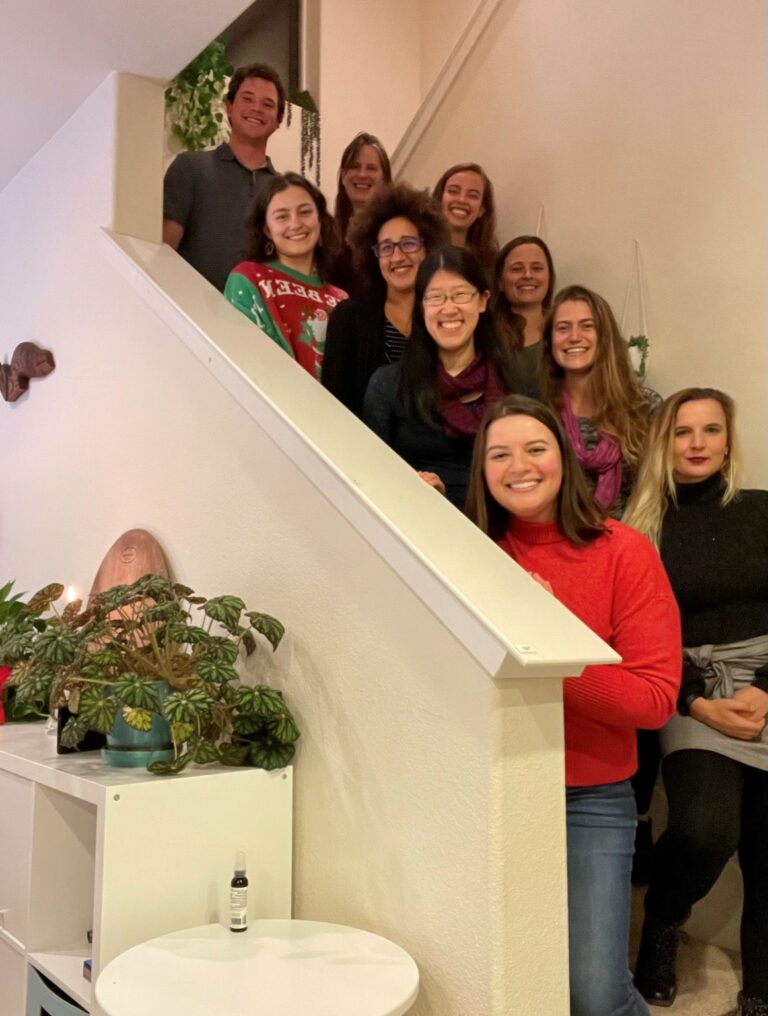Although these views sound glamorous, much of our time is spent looking through sun glare, counting tens to hundreds of animals (sometimes in the span of a few minutes), and making sure you don’t lose focus waiting to find the elusive turtle hidden amongst the algae and ocean sunfish (Mola molas).
Over the last several years of leatherback research, a trend has appeared that leatherbacks are often found in association with dense aggregations of large Mola mola, or ‘molas’, as we call them for short. Large molas are typically four to eight feet in diameter or longer and feed on the same food as leatherback sea turtles: blooms of jellyfish species including brown sea nettles (Chrysaora fuscescens) and moon jellies (Aurelia spp). While flying over the water, when we hit an area of ‘Mola mayhem’ it’s a period of excitement, focus, and a little bit of insanity – especially for the data recorder. I had the eye-opening experience of data recording through my first section of ‘Mola mayhem’ during this field season, where every observer was calling out mola sizes and numbers every second and my entire job was to record them on our digital data log as fast (and accurately) as possible. My fingers were flying so fast I even knocked a key off the keyboard! Don’t worry though, I replaced it at the end of the mayhem.
To get an idea of the mayhem picture this, you’re standing in the middle of an auction house where three different auctioneers are calling out their bids at the same time and your job is to write down everything each auctioneer is saying simultaneously and correctly. Mayhem is the only description. However, it’s extremely important data to collect to really narrow down where our turtle habitat may be, as this helps us find the few leatherbacks that are still making it through the maze of fisheries to our coastlines each year. The proof is in the results.
At the end of our third survey day, with only an hour of fuel left, our team was flying through Mola mayhem calling out large molas left, right, and center when the belly observer calmly called out “turtle” and all chatter stopped for what felt like the longest second. In this time, our pilots and data recorder marked the coordinates as fast as possible, and everyone instantly went on high alert. This was our chance. The pilots circled back, once more flying over the area while every observer was trying to look past the glare of the sun sitting low on the horizon. The pilot started a count down, “You should see it in three…two… one…” and to our amazement the turtle popped out of the glare. The entire crew erupted with excitement and started calling out directions, “turtle at your nine-o’clock, just under the wing!” We managed to circle it for approximately 15 minutes, relocating it between shallow dives and getting a good look to confirm there was no tail (which means it was not an adult male). It was a large, round female and our first aerial sighting in the Pacific Northwest since 2011!
It was the perfect ending to what had been my longest day of flying so far, and a sense of hope for the rest of our survey efforts. Now that we know where to find ‘turtle water’, we have our zone of Mola mayhem, and we know there’s still turtles out there, we hope we can find more turtles for Stage 2: boat capture and tagging. Hopefully I’ll have more updates for you all at the end of the field season, until then I’ll be one pair of the eyes in the sky!
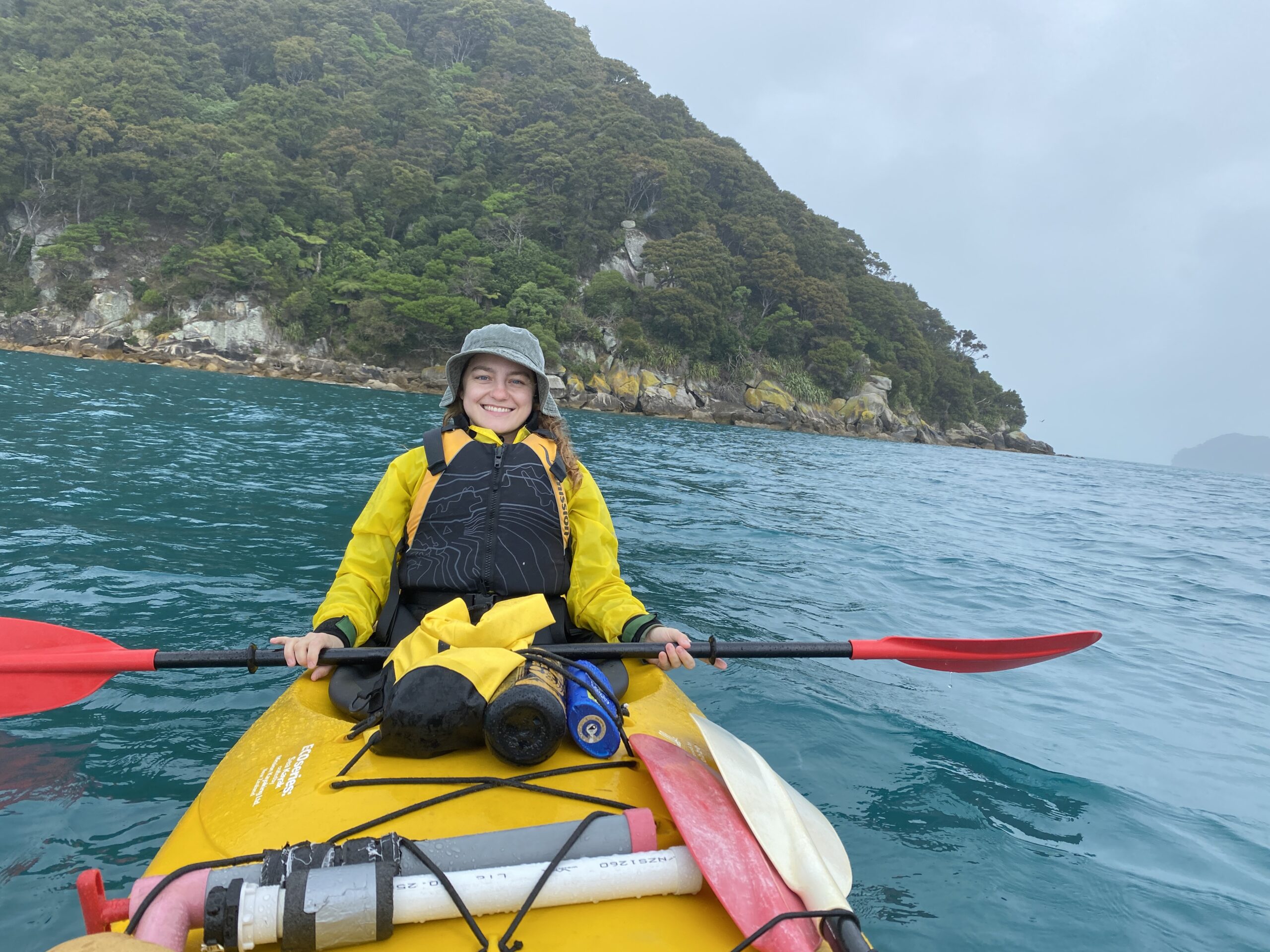


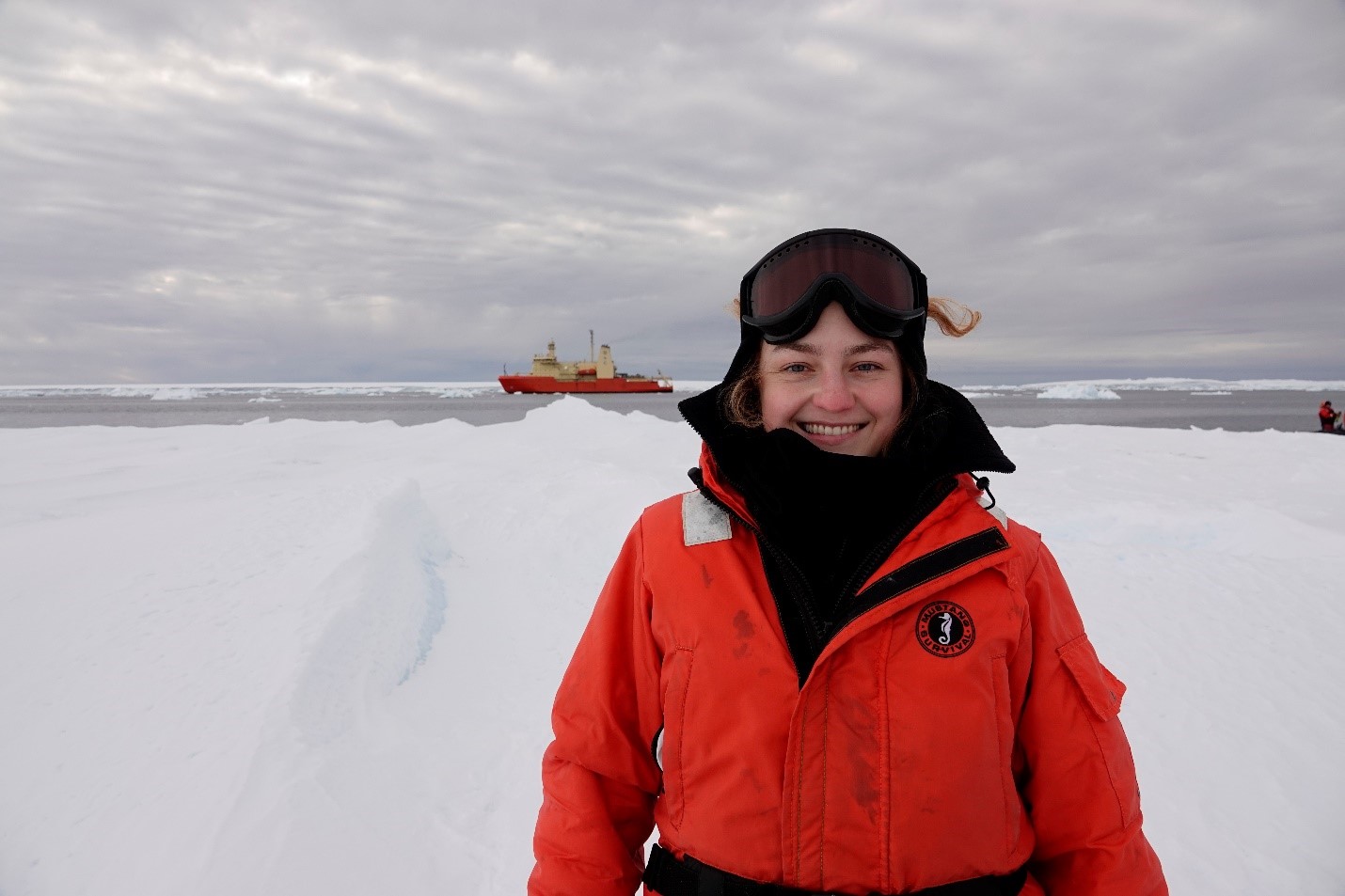
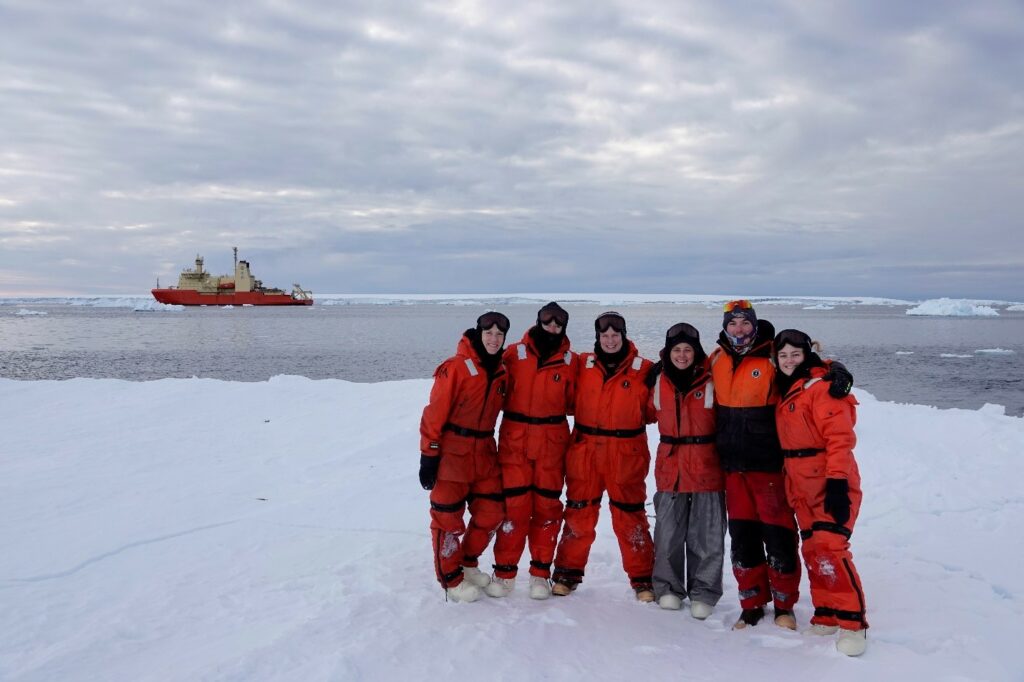
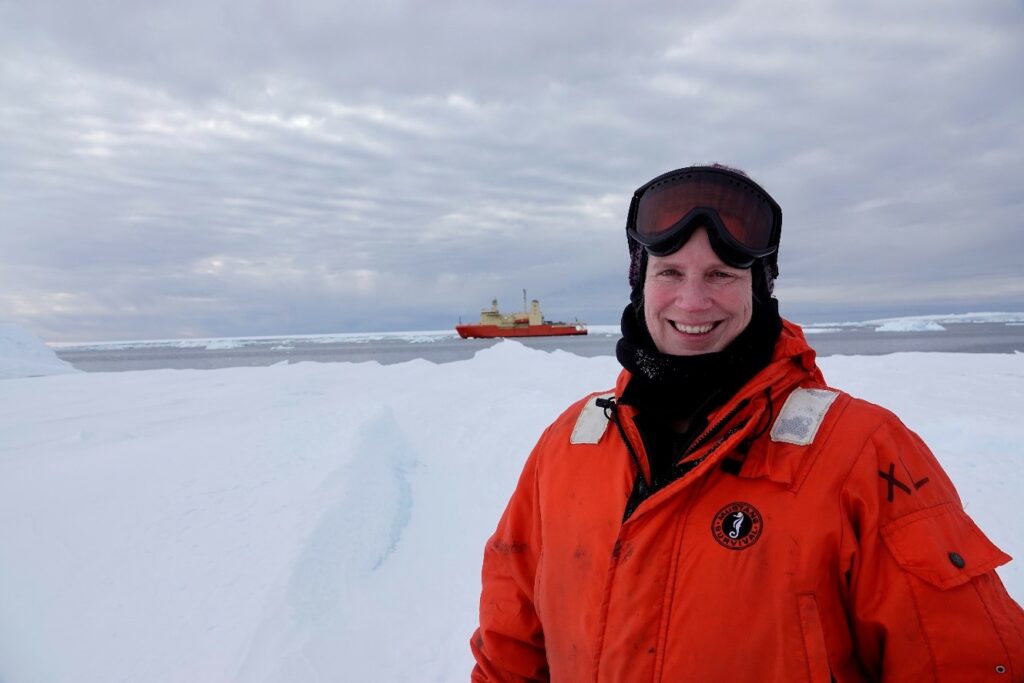
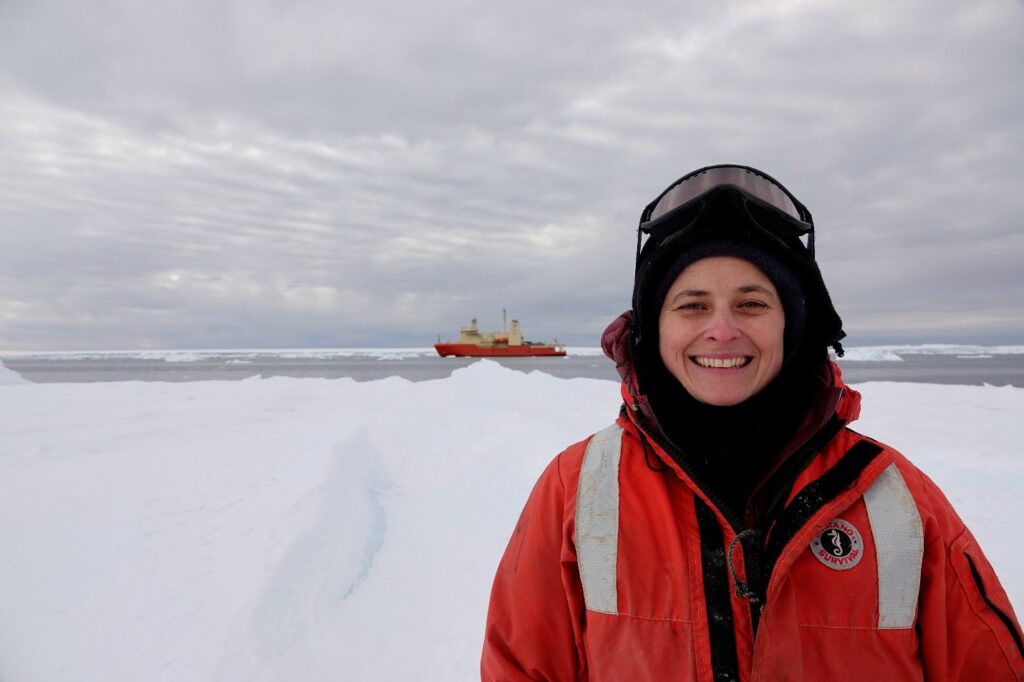
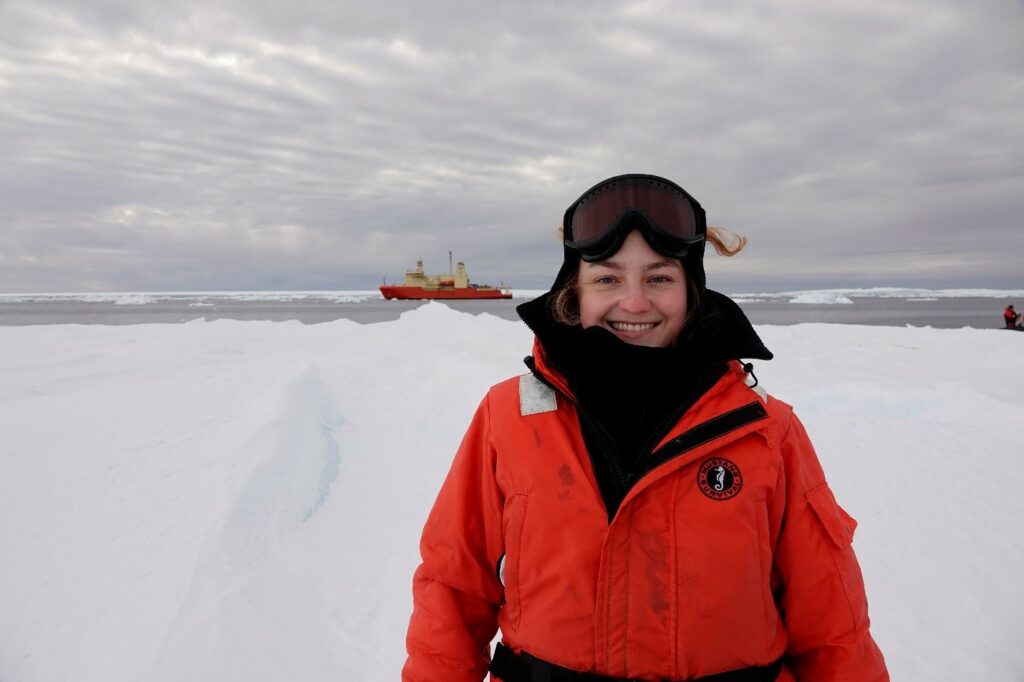
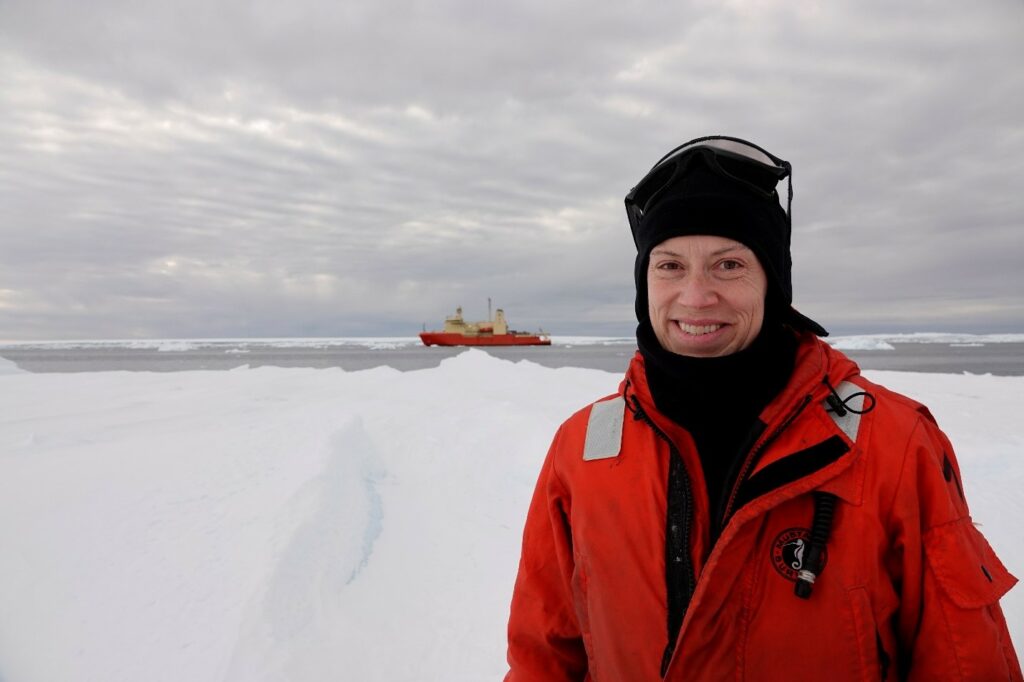
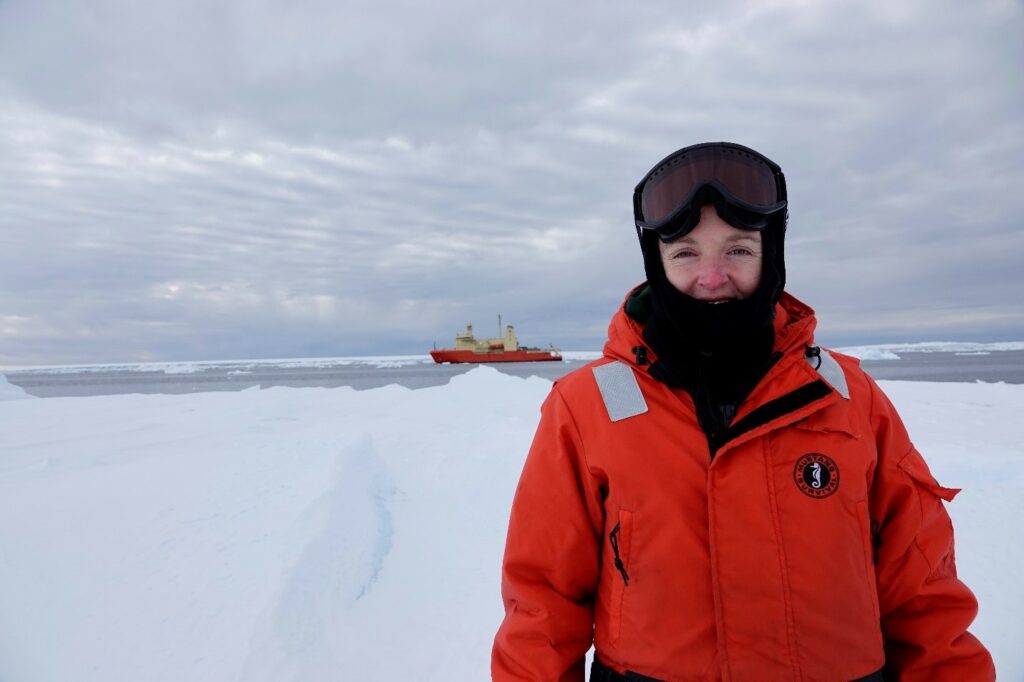
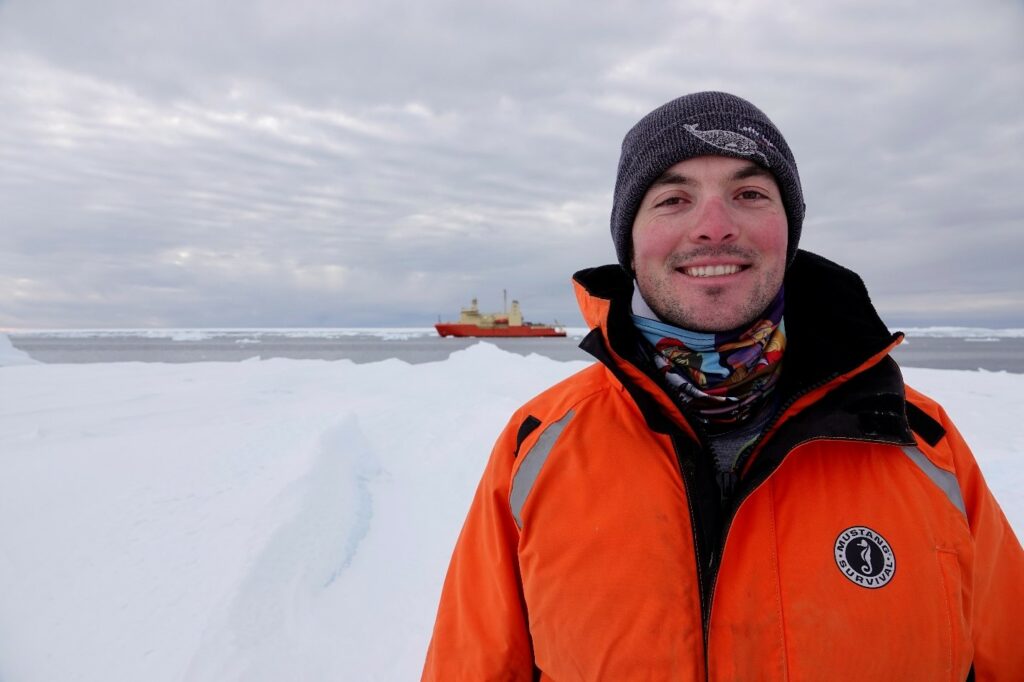
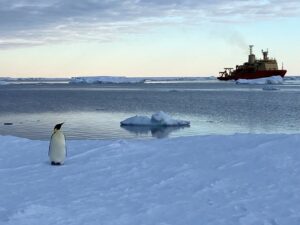
 Molting locations are known for less than 10% of all emperor penguin colonies and due to the remoteness of the molt locations, even less is known about the post-molt migration. During this two-three month migration the birds must recover from their poorest body condition (up to 50% protein loss) and store enough energy to successfully complete the courtship fast and reproduce in April and May. Considering the value of emperor penguins as an indicator species of climate change, and the predicted changes in pack ice extent and prey distribution, it is essential that we travel to one of the most remote parts of Antarctica to study the post-molt behavior of one of the largest concentration of emperor penguins.
Molting locations are known for less than 10% of all emperor penguin colonies and due to the remoteness of the molt locations, even less is known about the post-molt migration. During this two-three month migration the birds must recover from their poorest body condition (up to 50% protein loss) and store enough energy to successfully complete the courtship fast and reproduce in April and May. Considering the value of emperor penguins as an indicator species of climate change, and the predicted changes in pack ice extent and prey distribution, it is essential that we travel to one of the most remote parts of Antarctica to study the post-molt behavior of one of the largest concentration of emperor penguins.
